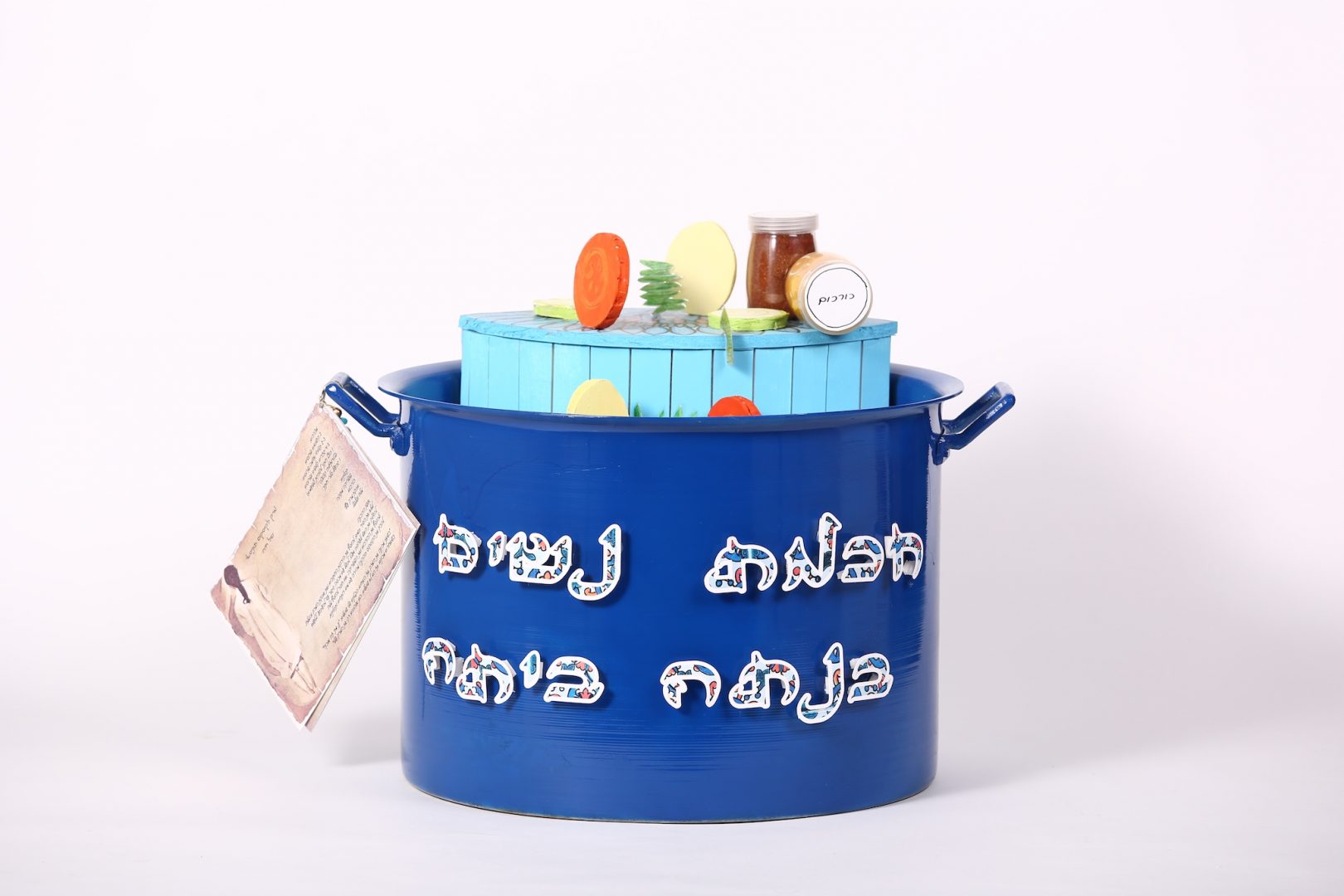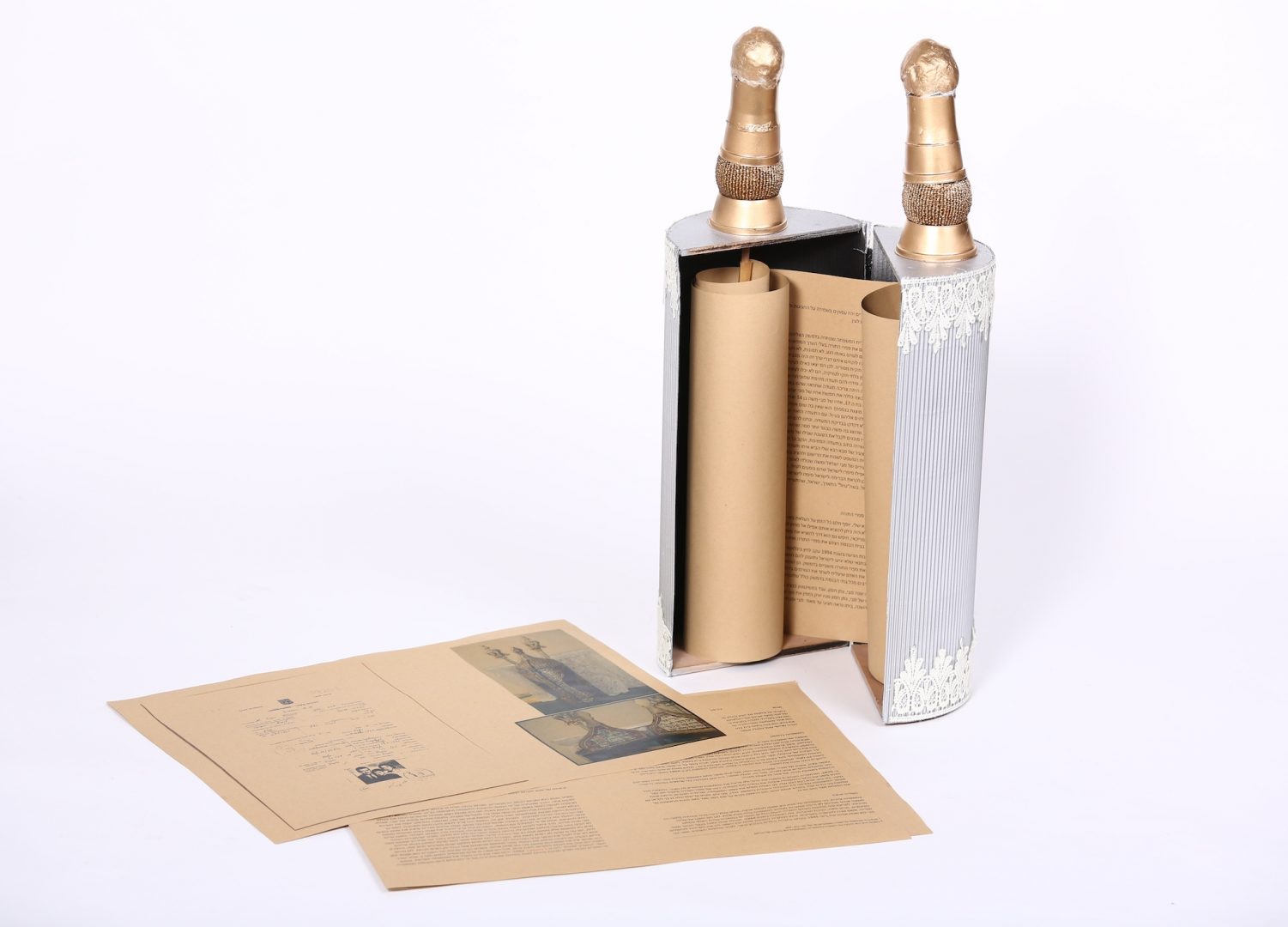9
In this lesson we will discuss what an artistic interpretation is, and how our work can be used as inspiration for the artistic endeavor portion of My Family Story. We will take the work that students have done on their family stories, from the interviews and stories that they have collected, and we will convert them into inspirations for their own artistic creation. The art that students create is only limited by their imagination. With the use of digital media, they can create presentations, movies, dance, digital presentations or music. Through the physical medium they may create models, paintings, dioramas, or whatever their imagination can fathom.


Until this point we have discovered many fascinating things about our families and their stories and we have created family trees to see how we are connected to these stories. We have learned how we are connected to our past and how these connections carry forward to affect us and our lives. Our next step is to convert all this knowledge into something creative that will tell these unique and ongoing stories through art.
When we look at the Torah and the story of creation, we see that creation itself is the most incredible work of art ever created. God created the heavens, earth, and everything we see around us. When God finished creating the world in Genesis, He declared that everything was good. That makes Him the world’s greatest artist! You can look at an amazing sunset, beautiful mountains, birds flying in the sky, fish swimming in the sea, waves, flowers, trees – whatever you see and enjoy that will leave you in awe. This includes people that he made in His image and likeness, Since we are made in His likeness, this means that he also has given people the inspiration to create wonderful works of art. If we look to the Bible and the notion of God as the source of creativity, we should look to the Bible to gain a better interpretation of it.
:וְאַתָּה תְּדַבֵּר אֶל־כָּל־חַכְמֵי־לֵב אֲשֶׁר מִלֵּאתִיו רוּחַ חָכְמָה וְעָשׂוּ אֶת־בִּגְדֵי אַהֲרֹן לְקַדְּשׁוֹ לְכַהֲנוֹ־לִי
“Tell all the skilled workers to whom I have given wisdom in such matters that they are to make garments for Aaron, for his consecration, so he may serve me as priest.”
Exodus 28:3 NIV
ומילא אותו ברוח אלוהים, בחכמה ותבונה, בידיעה ובכל יצירה, לתכנן יצירות אמנות, לעבוד בזהב וכסף וברונזה, בחיתוך תכשיטים לתפאורה, בגילוף עץ ולעבוד בכל צורה אומנותית
“and He has filled him with the Spirit of God, in wisdom and understanding, in knowledge and all manner of workmanship, to design artistic works, to work in gold and silver and bronze, in cutting jewels for setting, in carving wood, and to work in all manner of artistic workmanship.”
In both of these passages, God gives Moses instructions and explains that He’s the one who gives people the skill and the wisdom to use it properly. These verses show us people’s natural talents and things that they enjoy doing are a gift that should not be wasted.
Moses was speaking to skilled craftsmen who were given gifts to create beautiful, artistic elements for the temple. These are the first clothing designers in history! In the first quote, the skilled workers are not making just normal clothes. The priestly garments that Aaron wore were works of art. Other verses in Exodus, chapter 28, tell us that Aaron's robes were woven together with the finest linens and different colored yarns. There were engraved stones, cords of fabric, and gold woven in. Perhaps you can be a clothing designer and relate your family story to a garment or a hat or a Priestly robe…..
The second quote talks about how the Lord appointed two people, Bezalel and Oholiab, to design art and use a variety of metals, jewels, and wood to help build the tabernacle. The main college in Israel is name Bezalel after this craftsman. The artistic expression of people is important to God since he was creative, and because we’re formed in God’s image and likeness, it follows that we are also creative. That doesn’t mean all of us will be skillful metal workers or jewelers or clothing designers. You don’t need to learn how to carve all kinds of wood or paint canvases or weave fabric. God gives us a portion of creativity and grace that’s unique to us and helps us achieve what we’re called to do. People were chosen by God to build the tabernacle, now you are being chosen to use your natural creativity to tell your family’s story. It is this uniqueness of your own story that should fuel your work.
Everyone is unique and different. We can see this from the following quote:
:וְעַתָּה יְהוָה אָבִינוּ אָתָּה אֲנַחְנוּ הַחֹמֶר וְאַתָּה יֹצְרֵנוּ וּמַעֲשֵׂה יָדְךָ כֻּלָּנוּ
“But now, O Lord, you are our Father; we are the clay, and you are our potter; we are all the work of your hand.”
Isaiah 64:8 ESV
This verse shows us that we are clay in the hand of God and that he is using His hand to form and shape us into the best version of ourselves. Just like works of clay, each person is a unique work of art handcrafted by God. Even identical twins have different fingerprints and personalities. God has intentionally made humans that are each unique and offer something different to the world around them. God could have easily created billions of people who were the same, but that’s not the world He designed or intended. He loves the things that make you different from everyone else. Everyone has their own unique qualities and unique stories, and you should embrace them with confidence.
We will need to delve into our imaginations to come up with creative ways to interpret our family stories in order to represent them through art. In art, an interpretation is an explanation of the meaning of a work of art and expresses a particular emotional or experiential understanding. By learning about the ways of interpreting art we can look at options for the creation of our family story projects.
There are two fields of thought on how to create our stories in art: isolationism and contextualism. Isolationism is related to the word “isolate” or to stand alone. Isolationists believe that all information from the environment from which it comes, related to a particular artwork, or to the artist who produced it, is immaterial to the interpretive process. According to this school of thought, context can actually get in the way of a successful analysis because it distracts from the work itself. The creative piece should be seen alone without needing the background of the story or the artist or the work encapsulated in the art. The creative work should tell the story all by itself.
Contextualism is related to the word “context” which looks at how the environment affects things, the circumstances that form the setting for an idea. Contextualists believe that an artwork can only be properly interpreted within its context. The creative work has to be looked at knowing the story it represents as well as knowing about the artist. The art work is the total of all the work and the artist him or herself and can not be seen without this information coming through.
Many modern artists combine both of these considerations together and therefore fall somewhere in the middle. Where do you think your interpretation of your family story will fall?
A piece of visual art, for example, can first be created and analyzed by identifying what is depicted in the scene: objects, people, and places. When we look at a work in isolation we ask ourselves what details can be observed? Is there an action taking place in the scene? After making these initial observations, the interpretation of the artwork, as a whole, can differ between each person interpreting it. Everyone will take away from the work their own ideas and stories and can, perhaps, use it to attach their own family story to the art. Perhaps the observer of your art will see their own story connected to yours. You can be the impetus for a connection to their own story. Your work will remind them of something in their own history.
Contextualists add onto what we have seen in isolation and look deeper by looking at factors that exist outside the artwork itself. These could include knowledge about the story that you are using as your inspiration, objects, people, connections to the subject matter. The use of this biographical information about the artist themselves or their families and the historical time period in which the story takes place can become what is included in the artistic work itself. Context can help people understand the intention behind why a work was created and assign more accurate meaning to the piece. It can allow a whole story to be seen in one creative work.
Think about the story of your family and think if there is one aspect of the story that resonates with you. Is there a particular object or place in your family story that is central to the story? Can you think of a way to incorporate this piece of the story into an artistic work? Be open and think of all different types of media for presentation; music, dance, film, a statue, a canvas, a digital presentation. Think about what objects you can add to the work; paint, mosaics, fabric, pictures. There are no limits! You can review the work of students in the past to help you get some ideas of how students in the past have represented their families’ stories.
https://mfs.anumuseum.org.il/en/awards-en/
After the creation process comes the judging process for the My Family Story International Competition in memory of Manuel Hirsch Grosskopf contest. Each school or community will hold a gallery and judging panel for their creative projects. These galleries, where all of the creative projects are displayed for community members to see, can take place in a synagogue on Shabbat, at a special evening at school, in the hallways or classrooms, or a local museum or other cultural institution. You can include important, valued members of the school or synagogue as part of the judging panel as ways of honoring them. This is a meaningful opportunity to invite students’ families to celebrate the hard work your students have invested in their MFS project throughout the year.
